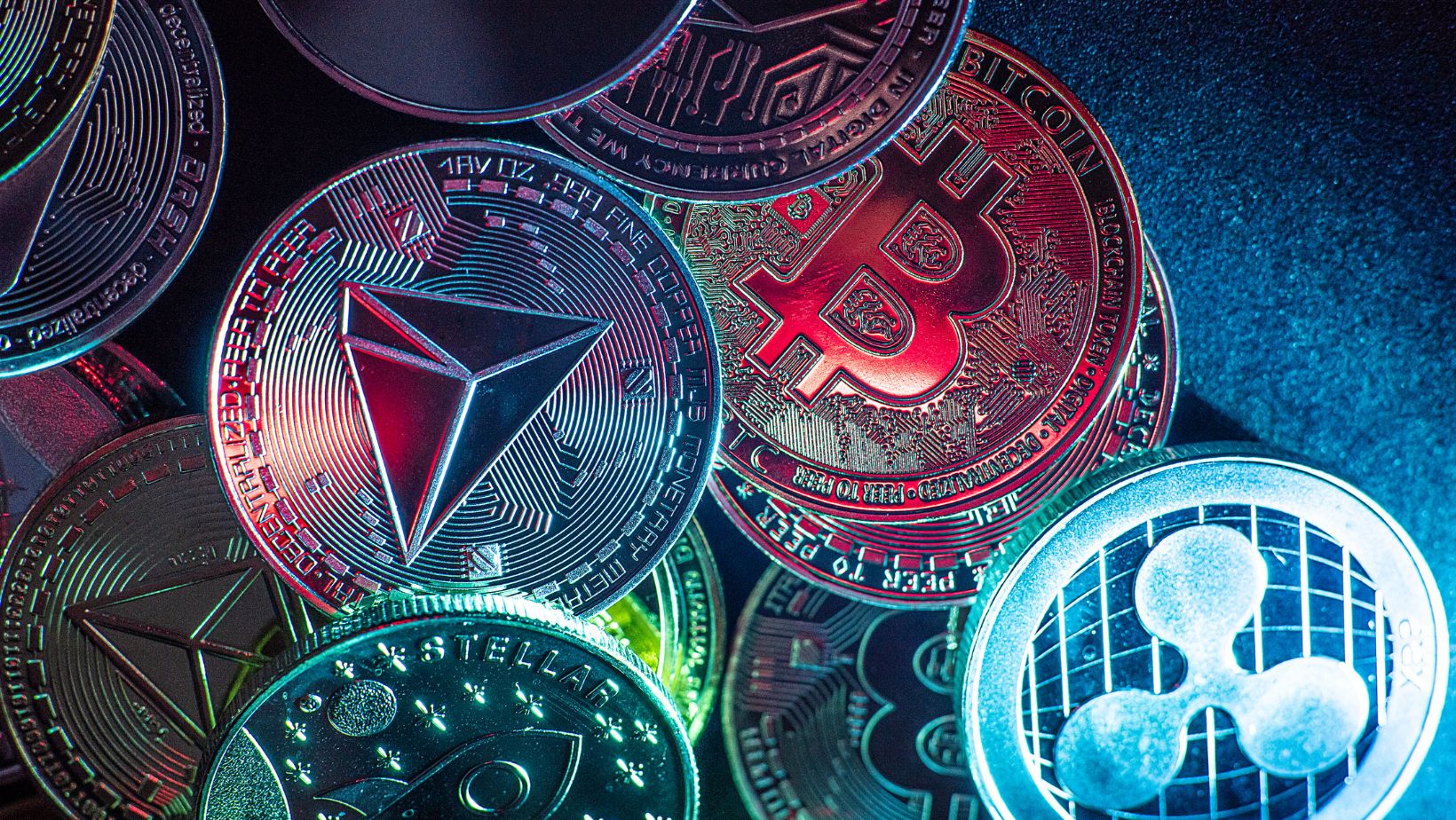Blockchain technology has been promising to transform the financial markets over the past several years. In the early days, the discussion centered on decentralization, transactionless assets, and peer-to-peer disruption.
However, now an innovation is emerging from Wall Street, and it is not descending to bypass the existing financial system; it is essentially evolving and advancing it. Some significant steps towards the next stage of evolution of finance are the development of institutional blockchain platforms that allow real-world assets (RWAs) to be tokenized, settled instantly and traded worldwide.
This transition is no longer abstract. Established players Goldman Sachs and Citadel Securities have bet on blockchain infrastructure that will tokenize shares, bonds, real estate, and derivatives. The implications are colossal in terms of speed, transparency and capital efficiency.
Players at the institutional level have stopped merely monitoring the crypto market; they are now its determinants. With the emergence of these platforms, a new set of redefined relationships between on-chain innovation and the traditional financial system is born, promising a set of opportunities with unknown risks.
There is still much retail interest in the wider environment, too, and the price of Bitcoin price USD acts as a gauge of digital asset momentum.
Introduction of Tokenized Markets
Tokenization is the process of converting any asset, such as a stock, bond, or commodity, into a digital representation on a blockchain. This enables a concept known as instant settlement, uneditable records, and personalized behavior of assets, unlike legacy systems, where settlement may take days, records are editable, and behavior is unchangeable.
Larger financial institutions and banks are currently experimenting with blockchain technology to develop the most complex products. What, in its early stages, were experiments with privately-controlled ledgers in sandbox environments have grown into actual deployments. Even treasury bills are now being tokenized on institutional-grade blockchains in the form of private equity funds and synthetic loans.
The appeal is obvious: traditional settlement systems are cumbersome and divided, and typically take days to settle a trade, often involving multiple intermediaries and reconciliations. Settlements can be further regularised within seconds, operational risk is minimised and liquidity is created in otherwise illiquid markets.
In the world of a financial system in which trillions of dollars are exchanged every day this is not the first time that something like this fells like a novelty however, it is a revolutionary thing.
Institutional Momentum and The Canton Network
Institutional resistance to blockchain was one of the weakest indicators that the technology was in trouble, as the Canton Network emerged as a privacy-enabled, interoperable blockchain that is specifically tailored towards financial institutions. The Canton Network, backed by Digital Asset and supported by companies such as Goldman Sachs, BNP Paribas, and Citadel, is designed to harmonize tokenized workflows within the financial system.
Instead of being a public blockchain, Canton prioritizes privacy, compliance, and safe data sharing among parties, which is a necessity for regulated agents. Canton can bridge the gap between legacy finance and blockchain-level efficiencies with its decentralized infrastructure, customized to meet the specific requirements of various establishments.
Such a network can support such applications as collateralised lending, tokenised securities trading and even smart contract-driven derivatives, all without sacrificing the Wall Street level of privacy and auditability.
Beyond Crypto Assets Tokenization
Whereas the majority of ‘retail investors’ still consider crypto as a form of native digital asset, such as Bitcoin or Ethereum, institutional platforms are more oriented to the sphere of more traditional instruments. Real-world tokenization enables companies to digitize treasuries, real estate, and private equity, the asset classes with a reputation for illiquidity, high barriers to entry, or inefficient settlement processes.
Such tokens as tokenized U.S. Treasury bills have risen in demand as crypto-native companies seek reasonably stable on-chain yields. These assets merge the security and consistency of conventional treasuries with the openness and transparency of blockchain-related platforms.

Investment improvement is also ripe in the case of the private market funds. Investors may take months to sell or purchase fund positions due to complex legal and operational processes. Secondary markets of non-listed assets are made possible in a model called tokenization, which increases disclosure, investor selection and portfolio flexibility.
With the maturity of the platforms we will probably witness increased variety of financial products that will be introduced into the tokenized environment- structured notes, mortgage backed securities, carbon credits etc will enter the environment.
Regulatory Independence and Strategized Investment
Institutional blockchain is not an isolated phenomenon. It is happening alongside developments in regulation aimed at providing clarity to the field of tokenized securities and digital custodial assets. Regulators and governments are beginning to differentiate between crypto assets that are speculative and those whose work lies at the foundational level, which can streamline capital markets.
There is also an entry of major venture firms. Andreessen Horowitz, Galaxy Digital, and others have already developed massive funds dedicated to the tokenization of real-world assets and believe that this trend will not only persist but also succeed even during the overall market volatility.
The fact that financial institutions are building themselves out of tokenization through strategic investments in startups proves that they are not only consumers of tokenization. On the custody side, companies are building smart contract layers to address legal bottlenecks in the handoff between the two types of smart contracts, and automation of compliance on the cross-border settlement and real-time compliance fronts.
The Future: The Frictionless Finance
The vision of institutional blockchain as a long term is the full-scale interoperation of a financial infrastructure whereby any kind of asset can be transferred across parties, jurisdictions, and networks in one seamless flow of assets. Settlement cycles, which used to take days, will occur in seconds. Money that would have been a deadweight in the form of operational float will be released for practical use.
Naturally, there is still a struggle. Platform interoperability, regulatory change, and legacy system connection remain areas of concern. Nevertheless, the trend cannot be denied. What started as a decentralized experiment has all the features of transforming the world’s financial infrastructure in an inside-out manner.
Neither startups nor institutions can afford to ignore the importance of tokenization, as it marks a new era of innovation. The entities that have identified blockchain and are investing in it now are the ones who will dictate the terms of the capital market in the future.
As the world observes the development of digital assets and follows the markers of the asset class, such as Bitcoin and Ethereum, a true revolution may be occurring behind the scenes, in boardrooms and developer terminals, where a tokenized Wall Street is being constructed one block at a time.



